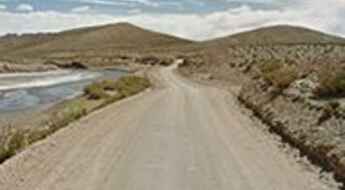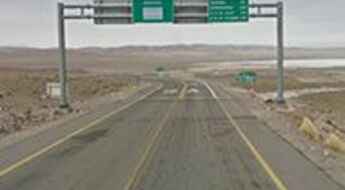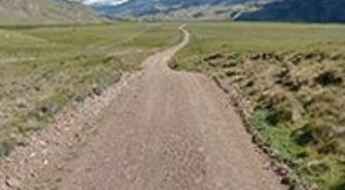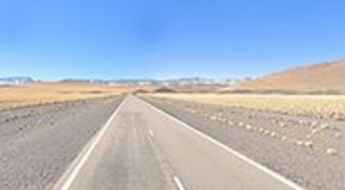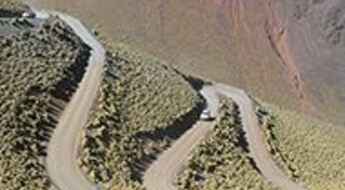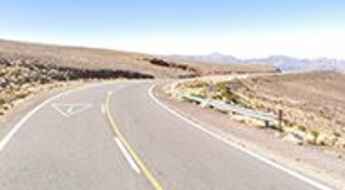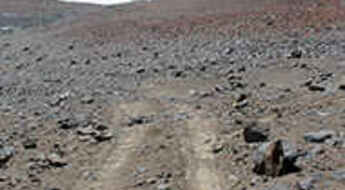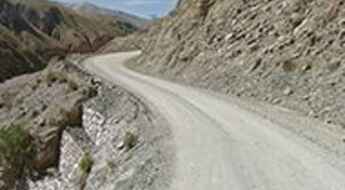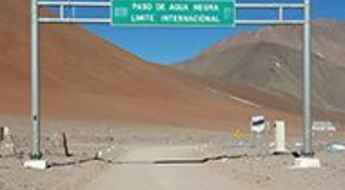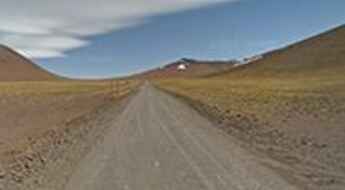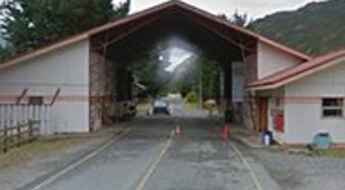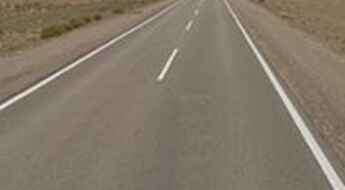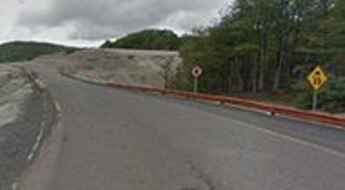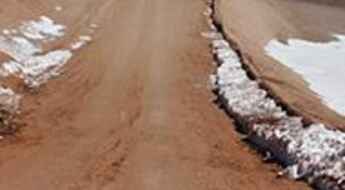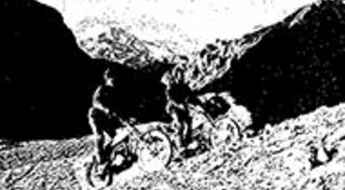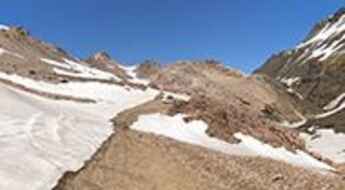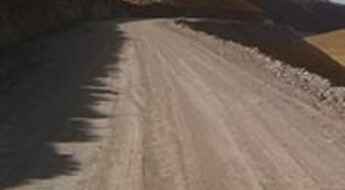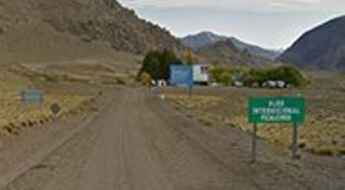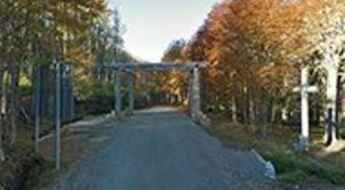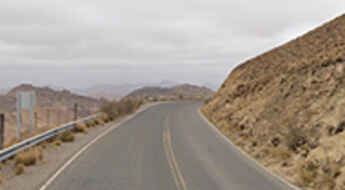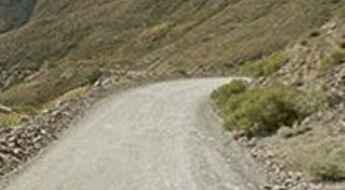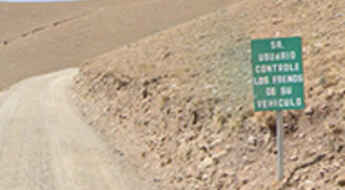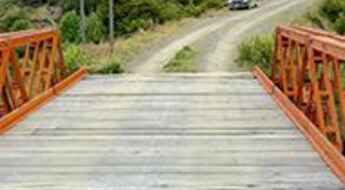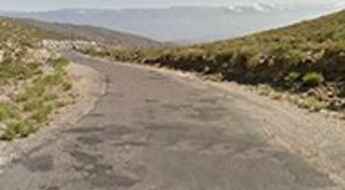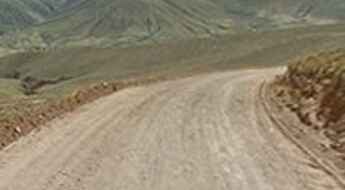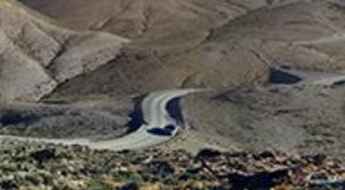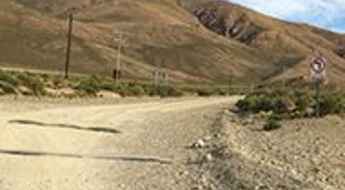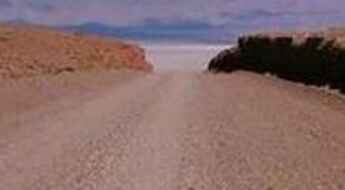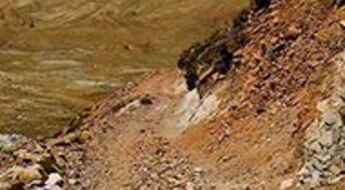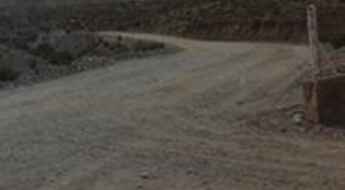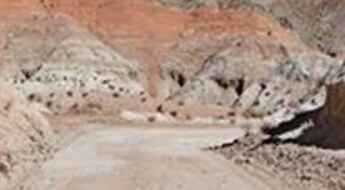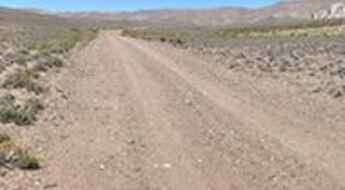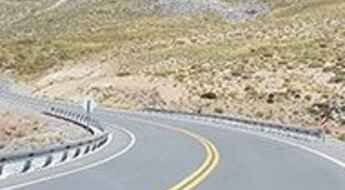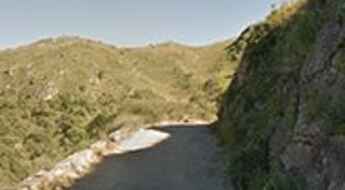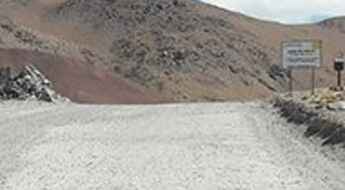What are the most spectacular roads in Argentina?
From the thunderous applause of Iguazú Falls to the whispering glaciers of Patagonia, Argentina's landscapes compose a symphony of natural wonders that beckon road trip enthusiasts.
Commence your odyssey on the fabled Ruta 40, tracing the spine of the Andes, through the tapestry of deserts, salinas, and wine country. Dive deep into the soul of Patagonia's pathways, where the relentless wind narrates tales of bygone adventurers and legendary creatures. The vibrant canvas of Quebrada de Humahuaca on Route 9 mesmerizes, as every curve unfurls a spectrum of earthen colors, each shade narrating epochs of geological magic.
But Argentina’s call to the open road doesn’t end there. Traverse the altitudinous realms of Paso de San Francisco, navigate the lunar landscapes of Paso de Sico, and marvel at the verdant allure of Paso Cardenal Antonio Samoré.
Here, roads are more than mere pathways; they are the pulsing veins of a land teeming with passion, allure, and unparalleled splendor. Fasten your seatbelt and let Argentina's highways waltz your senses through its grand tapestry of terrains.
Driving the legendary Route 40 in Argentina: Road Trip Guide
Stretching from Santa Cruz Province in the south to Jujuy Province in the north, Ruta 40 is a real adventure in the western part of Argentina. It’s one of the longest and most spectacular drives in the world.
Jama Pass is an Andean road from Chile to Argentina
Paso de Jama is an international high mountain pass at an elevation of 4.283m (14,051ft) above sea level, located on the border of Chile and Argentina.
Roballos Pass is an Andean pass from Chile to Argentina
Paso Rodolfo Roballos is an international mountain pass at an elevation of 651m (2,135ft) above sea level, on the border between Chile and Argentina.
Driving the international San Francisco Pass in the Andes
Paso de San Francisco is an international high mountain pass at an elevation of 4.760m (15,616ft) above sea level, located on the border of Argentina and Chile. It's one of the highest roads of the country.
A memorable unpaved road to Abra de Chorrillos
Abra de Chorrillos is a high mountain pass at an elevation of 4.555m (14,944ft) above sea level, located in Argentina. It's one of the highest roads in Argentina.
Driving the wild Cuesta del Lipán to Abra de Potrerillos in Jujuy
Abra de Potrerillos is a high mountain pass at an elevation of 4.192m (13,753ft) above sea level, located in the department of Tumbaya, in Argentina.
What are the highest roads in Argentina?
Located in southeastern South America, Argentina in second in South America only to Brazil in size and population, There is no shortage of mountains in Argentina. The spine of the Andes follows the western border of the country for 4000 kilometers.
The narrow unpaved road to Iruya in Argentina
Iruya is a small town at an elevation of 2.790m (9,153ft) above the sea level, located in the Iruya Department of Salta Province in Argentina.
Agua Negra Pass is the highest road between Argentina and Chile
Paso de Agua Negra (Black Water Pass) is an international high mountain pass at an elevation of 4.774m (15,662ft) above sea level, located on the border of Argentina and Chile. It's one of the highest roads in the country.
Sico Pass is a scenic border pass in the Andes
Paso de Sico is an international high mountain pass at an elevation of 4.092m (13,425ft) above the sea level, located on the border of Chile and Argentina.
An Andean border road to Futaleufú Pass
Paso Futaleufú is an international mountain pass at an elevation of 335m (1,099ft) above the sea level, located on the border of Chile and Argentina.
The road to Gran Bajo de San Julian, the lowest point of the Americas
Located in the east of the province of Santa Cruz, Argentina, Gran Bajo de San Julián holds the distinction of being the lowest elevation in the Americas, sitting at -105 meters (-345 feet).
An Andean border road to Cardenal Antonio Samoré Pass
Paso Cardenal Antonio Samoré is an international mountain pass at an elevation of 1.306m (4,284ft) above the sea level, located on the border of Chile and Argentina. It is one of the main mountain passes through the southern Andes.
Crossing Borders High in the Andes: A Road through the Scenic Pircas Negras Pass
Paso de Pircas Negras (Black Pircas Pass) is an international high mountain pass at an elevation of 4.175m (13697ft) above the sea level, located on the border of Argentina and Chile.
Scaling Aconcagua on Wheels: The Historic Motorcycle Expedition with Bultaco Sherpa
Aconcagua is a high mountain peak at an elevation of 6.961m (22,838ft) above the sea level, located in the Mendoza Province, Argentina. It’s one of the highest roads of South America.
A gravel road to Planchon Pass in the Andes
Paso del Planchón is an international high mountain pass at an elevation of 2.515m (8,251ft) above sea level, located on the border of Argentina and Chile.
Abra del Acay is said to be the highest road pass in America
Abra del Acay is a high mountain pass at an elevation of 4.956m (16,259ft) above the sea level, located in La Poma Departament, in Salta Province, in Argentina. It’s said to be the highest road pass on a national highway in the whole of America.
Pichachen Pass is a vital border road from Argentina to Chile in the Andes
Paso Internacional Pichachén is an international high mountain pass at an elevation of 2.063m (6,768ft) above the sea level, located on the border of Argentina and Chile.
Discover the Hidden Beauty of Carirriñe Pass, a Scenic, Lesser-Traveled Mountain Pass Between Chile and Argentina
Paso Carirriñe is an international high mountain pass at an elevation of 1.150m (3,772ft) above the sea level, located on the border of Chile and Argentina. The road is less used but very beautiful.
Driving the defiant Cuesta del Obispo to Piedra del Molino in Salta
Piedra del Molino is a lofty mountain point at an elevation of 3,367m (11,046ft) above sea level, situated in the central-western part of the province of Salta, in Argentina.
Driving the challenging 365 turns of Ruta del Año in the Andes
Ruta Provincial 52 is a challenging road located in the western part of Argentina near the Chilean border. It’s called Ruta del Año (Route of the Year) because it has 365 turns, most of them hairpins.
How to drive the perilous Abra Fundición in Salta?
Abra Fundición is a high mountain pass at an elevation of 4.743m (15,561ft) above sea level, situated in the province of Salta, Argentina. The road through the pass is extremely challenging and not suitable for those afraid of heights. It's one of the highest roads of Argentina.
The challenging Puente Río Moat
Located in the southernmost tip of South America, in Argentina, the bridge over the Moat River is 42m long. It’s one of the most spectacular bridges in the world.
Travel guide to the top of Abra del Infiernillo
Abra del Infiernillo is a high mountain pass at an elevation of 3.056m (10,026ft) above the sea level, located in Tucumán province in northwest Argentina.
Dare to drive the dangerous road to Abra del Cóndor
Abra del Cóndor is a high mountain pass at an elevation of 3.942m (12,933ft) above the sea level located on the boundary of Jujuy and Salta provinces, in Argentina.
A wild road to Lagunillas del Farallón
Lagunillas del Farallón is a high mountain town at an elevation of 4.182m (13,720ft) above the sea level, located located in the High Andes, in Jujuy, a province of Argentina, located in the extreme northwest of the country.
Ruta Provincial 70, a drive you'll never forget
Ruta Provincial 70 is a high mountain dirt track located in the Jujuy province, Argentina, in the extreme northwest of the country, at the borders with Chile and Bolivia, with a length of 41km.
A memorable road trip to Salar del Rincón
Salar del Rincón is a salt pan at an elevation of 4.015m (13,172ft) above the sea level, located in Los Andes department in Salta Province, Argentina.
Cuesta del Farallón: Only Experienced Drivers with Advanced Off Road Skills
Cuesta del Farallón is a high mountain pass at an elevation of 4.625m (15,173ft) above the sea level located in Jujuy Province in Argentina.
The unpaved road to El Aguilar, one of the highest towns in the world
El Aguilar is a small town and a mine at an elevation of 4.895m (16,060ft) above the sea level, located in Jujuy Province in Argentina. It’s one of the highest towns accessible by car on Earth.
Ojos del Salado is the scenario of several records for attaining the highest altitude aboard a land vehicle
Ojos del Salado is a massive stratovolcano on the Argentina-Chile border and the highest volcano in the world at 6,891m (22,608ft) above sea level. This mountain has been the scene of several records for attaining the highest altitude aboard a land vehicle. It’s one of the highest accessible points by car on Earth.
A lonely unpaved road to Ciénaga de Paicone-Río Mojón Pass
Paso Internacional Ciénaga de Paicone-Río Mojón is an international high mountain pass at an elevation of 3.627m (11,889ft) above the sea level, located on the border of Argentina and Bolivia.
A very bumpy, grueling road to Puna Jujeña
Puna Jujeña is a high mountain pass at an elevation of 4.438m (14,560ft) above the sea level, located in Jujuy Province in Argentina in the Rinconada Department.
The paved road to Paso Pehuenche through the Andes
Paso Pehuenche is an international high mountain pass at an elevation of 2.557m (8,389ft) above the sea level, on the border of Chile and Argentina.
Camino 6 de septiembre: a curvy and challenging mountain road
Ruta Provincial 54 (Camino 6 de septiembre) is a curvy mountainous road which rarely permit speeds over 30km/h, located in the scenic Punilla Valley, Córdoba Province, Argentina, with a total length of 26.6km. The road climbs the Pan de Azucar mountain pass, at an elevation of 1.260m (4,133ft) above the sea level.
Travel guide to the top of Abra del Gallo
Abra del Gallo is a high mountain pass at an elevation of 4.630m (15,190ft) above the sea level, located in the Salta province, Argentina.
